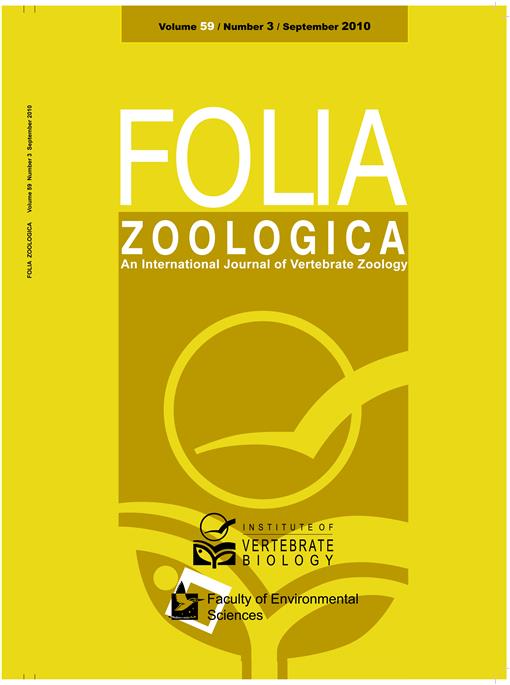Although it is well known that bats commonly forage in riparian areas, which provide water resources and insect concentrations, the role that the physical structure of riparian areas plays in influencing local bat communities is less certain. In 2000–2002, we used acoustic monitoring to determine bat species presence at 338 riparian sites in northwestern Georgia, USA. We used a 2-dimensional nonmetric multidimensional scaling (NMDS) ordination to assess how separations among species were partially associated with riparian conditions. Our NMDS analysis found some degree of habitat partitioning among bat species occurring in northwestern Georgia and was dictated in part by riparian condition. Myotis grisescens and M. septentrionalis were associated with low-elevation lotic waterways, whereas M. lucifugus, Lasiurus borealis, and Eptesicus fuscus were associated with high-elevation lentic waterways with sparse canopy cover. However, riparian conditions had weak relations with NMDS axes, possibly resulting in coincidental associations in some cases. Regression tree analysis indicated that higher bat species richness was associated with apparently uncommon small, high-elevation waterways with sparse canopy cover as well as larger streams and rivers that had wetlands adjacent to them. Including high-elevation waterways with existing management recommendations for endangered M. grisescens foraging areas (large, low-elevation streams and rivers) will be the most effective conservation strategy to benefit the most bat species in northwestern Georgia and probably elsewhere in the southern Appalachians.
How to translate text using browser tools
1 September 2010
Bat community structure within riparian areas of northwestern Georgia, USA
Joshua B. Johnson,
W. Mark Ford,
John W. Edwards,
Michael A. Menzel

Folia Zoologica
Vol. 59 • No. 3
September 2010
Vol. 59 • No. 3
September 2010
Anabat
Eptesicus
Lasiurus
Myotis
nonmetric multidimensional scaling
Perimyotis
regression tree




